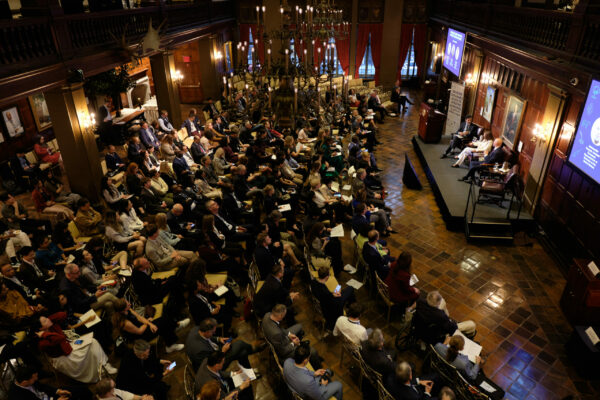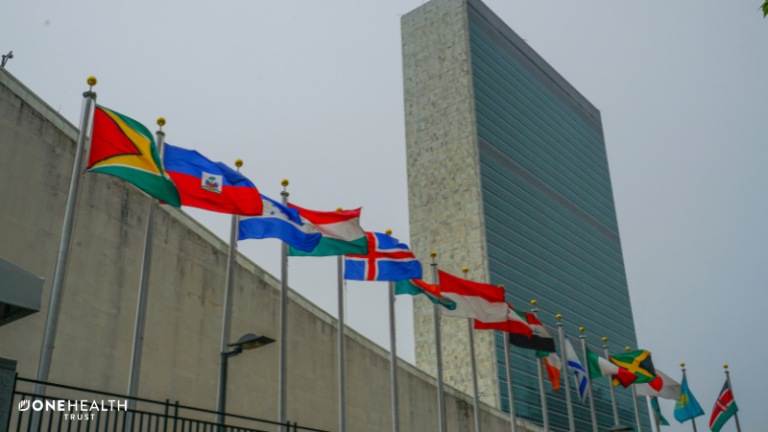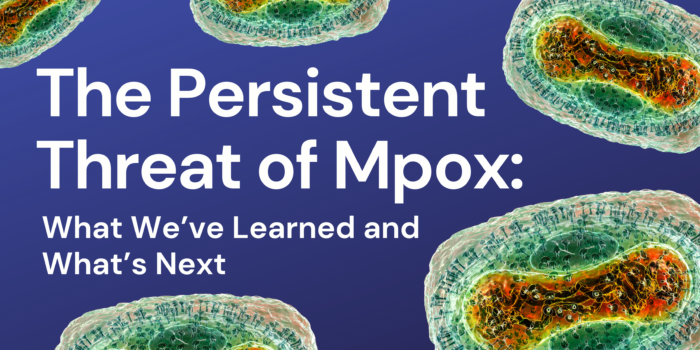February 16, 2010
This week’s economist focuses on New Dangers for the World Economy and offers a fascinating article on drug-resistant bacteria. A study by Norwegian researchers looked at how animals, that are not given antibiotics, acquire resistant bacteria.
This is a different issue than the one that has been driving public health legislation and inciting the farm lobby. In this case we’re not talking about antibitoic use or resistance in domesticated animals, but rather examining the intestinal flora of animals that have never been in contact with humans and have never eaten anything that has come in contact with humans.
We’re talking about WILD animals. As wild as polar bears on the Arctic archipelago of Svalbard–the most isolated population the researchers could think of. In order to conduct their analysis the team tranquilized the bears and collected a sample of their feces directly from the rectum. Hard work, but we’re glad someone did it.
The study found that even wild animals have a low level of antibiotic resistant bacteria, possibly because “genes for antibiotic resistance circulate naturally in wild popluations.” But what’s perhaps more important to note, especially for epidemiologists, is that the levels of resistance in these animals is 1/10th that in humans and 1/4th that in domesticated pigs. “The discovery that animals in pristine environments have few bacteria with resistance genes makes it likely that much of the antibiotic resistance found in these other species is a result of human influence, rather than natural gene-circulation.”
More evidence that our use of antibiotics is making us and other species we are in contact with reserviors for the resistant bacteria that drive up health care costs and confer often deadly disease.











